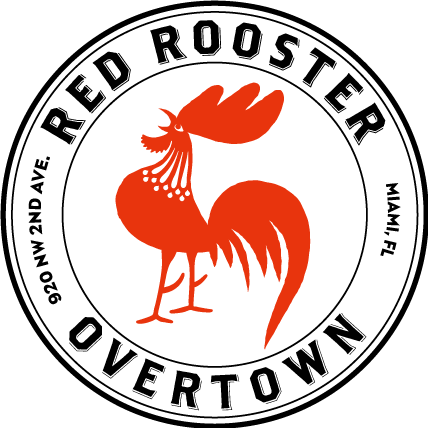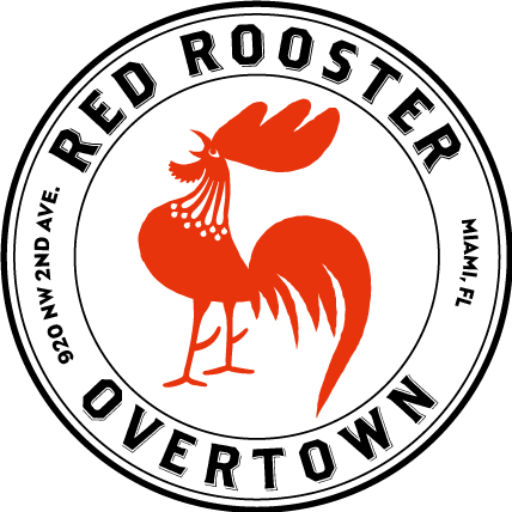Once known as “Colored Town,” Overtown was settled by the black workers who built Miami’s railroads and hotels. During segregation, entertainers like Ella Fitzgerald and Louis Armstrong stayed in Overtown after performing in Miami Beach. Today, “The Harlem of the South” is a showcase for Miami’s Black history. Overtown is the second oldest neighborhood in Miami, once known as Colored Town; Overtown was built by the same black laborers who also helped build the rest of Miami and the county’s section of the Florida East Coast Railway. As in most Southern cities around the turn of the century, blacks were not allowed to live in the same neighborhoods as whites, so they built their homes on the less desirable side of Henry Flagler’s new railroad tracks. Despite segregation, early Overtown prospered in many ways. The economic and social isolation created a cohesive community where a real black middle class arose, and some Overtown black business owners became relatively wealthy.
Overtown, now one of the city’s oldest Black American communities, easily became the “Harlem of the South.” Locals built successful shops, grocery stores, and theaters—everything they needed was nearby. During the ’50s and ‘60s, the neighborhood was no stranger to influential Black talent like Ella Fitzgerald, Josephine Baker, Billie Holiday, Nat King Cole, W. E. B. Du Bois, and Jackie Robinson. Many of these talents would perform in segregated nightclubs and theaters in Miami and then return to Overtown to sleep and perform free encore shows in Black clubs. Clyde Killen’s famous Pool Hall located on NW 2nd Street was in the heart of the entertainment corridor and a meeting ground for partygoers much like The Hamptons House Motel, where the Academy Award-nominated film One Night in Miami takes place. The film tells the story of the night of February 25th, 1964, when legends Malcolm X, Muhammad Ali, Sam Cook, and Jim Brown celebrate Ali’s victory win as he becomes the new heavyweight boxing World Champion. Nights like these exemplified the art, culture, progression, and unity amongst Black Americans all over the country, and how it all came together in this storied neighborhood, Overtown, Miami.
This bustling Black American community’s success was decimated when the state built I-95 in the middle of this thriving neighborhood, displacing over 15,000 people. Systematic isolation and economic marginalization resulted in dozens of business closures and the influx of poverty and its related ills. However, over the last decade, the community stakeholders and conscientious developers have taken Overtown in a progressive direction with a commitment to reclaiming the neighborhood’s regal, prosperous history as a thriving African American community.



